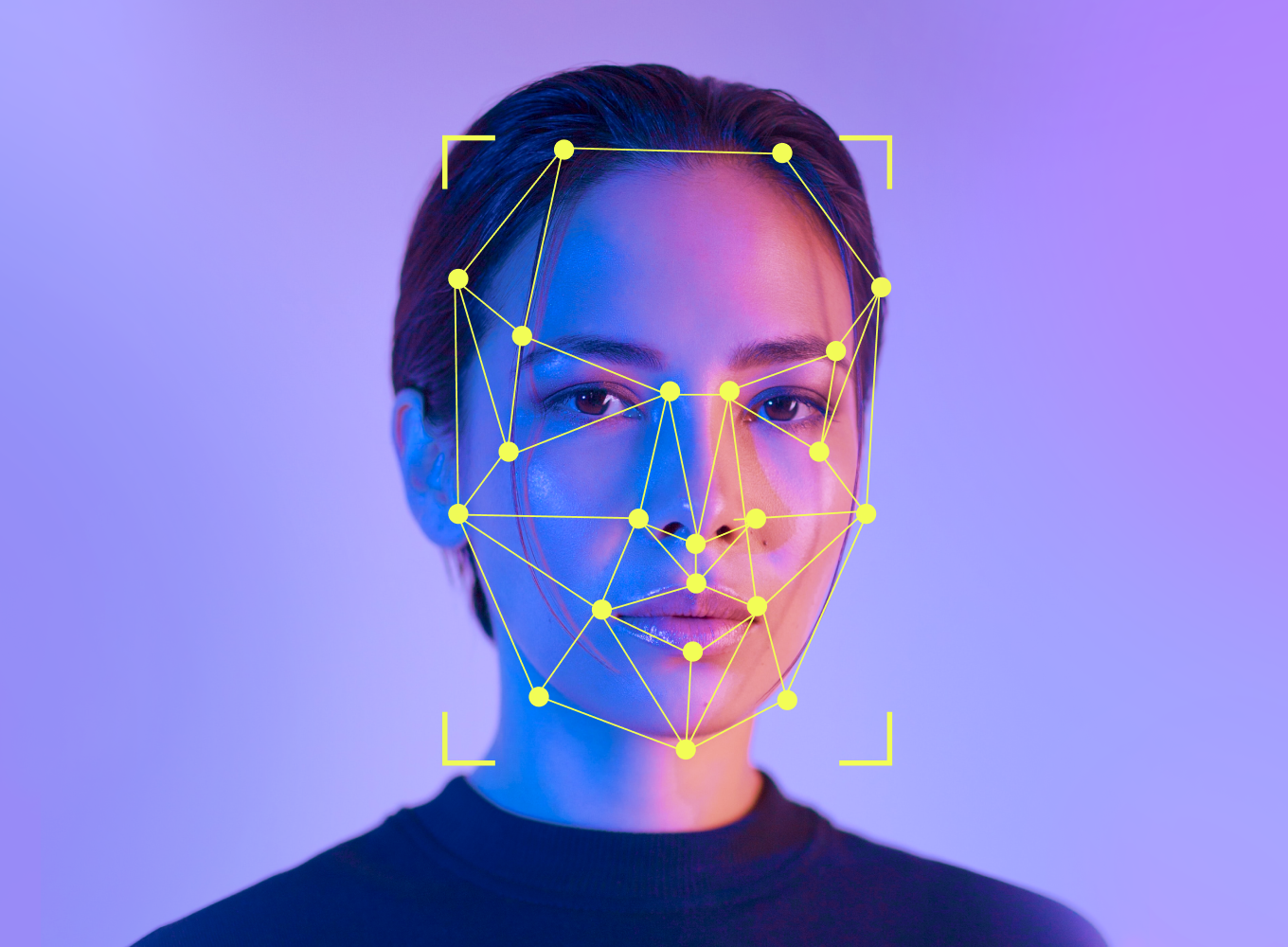5G is a more capable and unified air interface. It was designed with a greater capacity in mind to accommodate next-generation user interfaces, new implementation models, and new services.
In contrast to 4G LTE, 5G is planned to not only offer quicker and more efficient mobile broadband networks, but also to extend into new coverage areas such as mission-critical communications and connecting the vast IoT. Many new 5G NR air interface design techniques, such as a new self-contained TDD subframe design, make this possible.
5G is used across three main types of connected services, including the massive IoT, mission-critical communications and enhanced mobile broadband.
In this article, we’ll address how 5G will influence the mobile app industry and what mobile app owners can do to make the transition to a fifth-generation environment as painless as possible.
Industries that could benefit from 5G
5G will carry the mobile ecosystem to new heights with its high speeds, high reliability, and low latency. Every industry will be impacted by 5G, with safer transportation, remote healthcare, digitized logistics, and more becoming a reality.
5G is intended to change our lives by offering faster download speeds, lower latency, and expanded capability and connectivity for billions of devices—particularly in the areas of virtual reality (VR), the Internet of Things (IoT), and artificial intelligence (AI).
Below are 4 industries that could benefit from 5G networks in the future:
1. Remote Asset management for manufacturing
Authors Pat Nolan and David Krebs explain how 5G could be useful in machine-to-human-to-machine applications in industrial settings in their July 2018 VDC Research Group study Exploring the Status of 5G and its Industrial Opportunities. One example they offer is video monitoring and streaming for asset management in the manufacturing industry.
There are two components to this application: remote sensors and video cameras. Companies can monitor their assets remotely and catch potential security threats or theft before it’s too late, if paired with low-latency, high-bandwidth connectivity.
2. Wearable devices + Augmented Reality (AR)
Augmented reality (AR) is a technology that blends the physical and virtual worlds. This is both fascinating and technically difficult, particularly when using AR glasses.
AR glasses are made up of a few main components that work together to give the appearance of additional objects being applied to the real world. This breakthrough has made remote training possible, lowering the cost of teaching in all industries.
3. Mobile entertainment in vehicles and public transportation
Nokia’s whitepaper, Translating 5G Use Cases into Viable Business Cases, addresses the exciting implementation of “in-vehicle infotainment.” They believe 5G would make it easier for community service providers (CSPs) to offer high-speed access to vehicles.
This is useful for both business and pleasure: on the business side, you could host a video or conference call in your car, and for fun, you – and your children – could use your mobile devices to watch videos and play virtual reality games.
Cities and towns could also deploy 5G on their public transportation. The demand for mobile and video traffic is expected to continue to grow, and 5G rollout will assist cities in expanding cell capacity to meet this anticipated demand.
4. Events in major public venues
In their whitepaper about viable use cases for 5G, Nokia states that 5G enables visitors to get close to the sporting or entertainment action without needing a high-priced VIP ticket. To do this, entertainment venues will need to have virtual reality sets and multiple camera views, among other things.
With the high bandwidth and low latency of a 5G network, viewers will be able to imagine what it’s like to be in a VIP seat at a concert or in the ideal seat at a sporting event simply by watching the event on their smartphone or via a virtual reality headset.
Here is How 5G will Impact App Development
Before mobile app developers start developing an app, they consider the 5G technology, the gadgets, and systems utilising their application. They develop their application by remembering the critical specifications to ensure that it works flawlessly on all platforms and devices.
Upgraded Mobile Broadband (eMBB):
Engineers will take advantage of improved and exceptional media interactions thanks to eMBB, for example, AR, VR, and UltraHD and 360 degrees video gushing.
Mobile app developers can draw in clients and lessen the application surrender rate by integrating these advances in their applications.
Ultra-Reliable Low Latency Communication (URLLC):
It is a fundamental component presented by 5G. Information can be shared between gadgets in a continuous and deferred manner. This technology can be used by mobile app developers to provide an improved user experience.
5G will help minimise the time it takes for applications to download, regardless of their size; this will be particularly helpful in lowering the application surrender rate.
Massive Machine Type Communication (MTC):
Technology correspondence is data compatibility between gadgets with no human cooperation. Developers benefit from several factors, including ample supply and increased sales, when speed and low impact usage are combined with inactivity change.
Appello is increasingly working with clients who want to make use of 5G technology in their mobile app development. We pride ourselves in developing cost effective, custom built mobile applications, tailored to your specific business practices and management needs. Contact us today.



